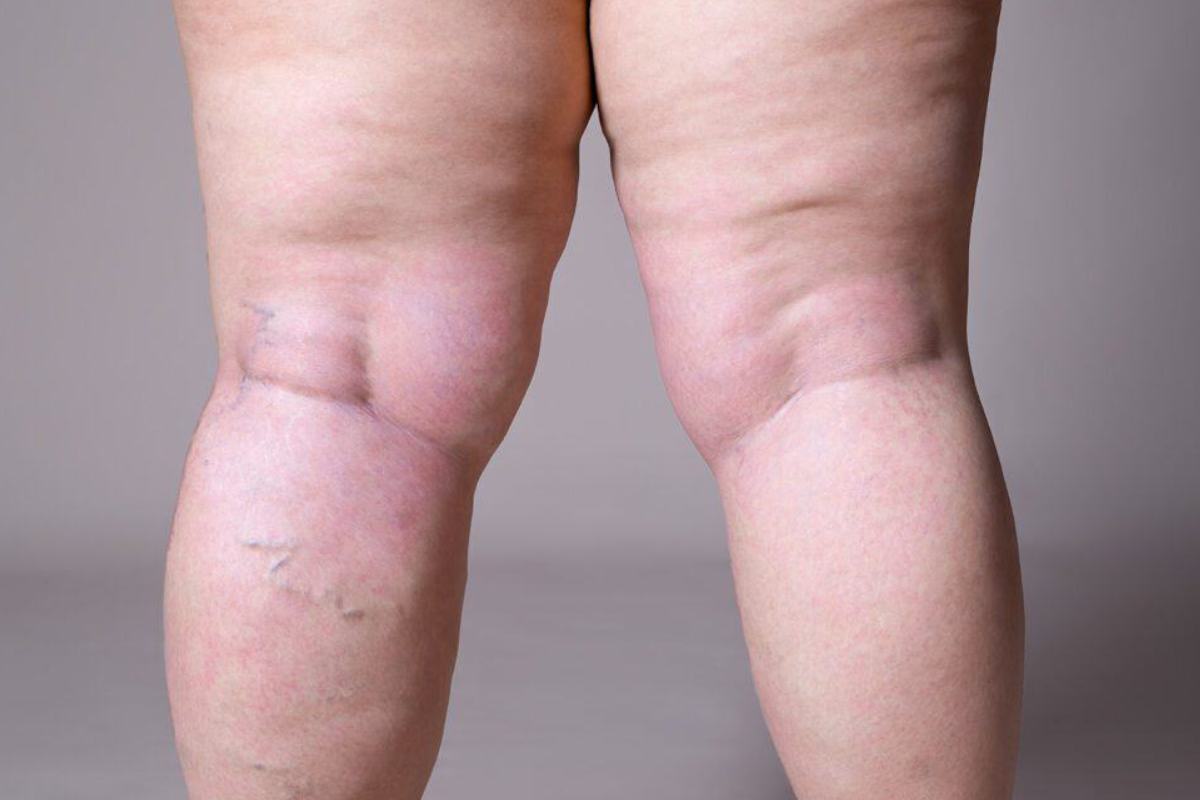Lymphedema is a particular type of swelling that occurs due to a buildup of lymph fluid in the body. It typically affects the arms or legs. More rarely, it causes swelling of the neck, chest wall, or abdomen. While there is no cure, lymphedema physical therapy can effectively reduce symptoms, improve quality of life, and possibly prevent other dangerous complications.
What Is Lymphedema?
The lymphatic system is part of the immune system. It produces a fluid called lymph that carries cells that fight infection to where they are needed throughout the body. When the lymph is no longer needed, it goes to the lymph nodes, which drain it away.
Lymphedema sometimes occurs due to genetic conditions, but these are rare. More often, it occurs because the lymph nodes are no longer able to drain the fluid away, or something blocks the lymph fluid from reaching the nodes. For example, lymphedema can occur if the lymph vessels or nodes are damaged due to a traumatic injury. A tumor may contribute to lymphedema by blocking off the lymph vessels. Lymphedema is often a side effect of cancer treatment because radiation treatment can damage the nodes, or it may be necessary to remove them if the cancer has spread to them.
What Physical Therapy Can Do for You?
Physical therapy for lymphedema often involves a manual therapy to reduce swelling. This is called manual lymph drainage, and it is a type of massage that helps to mobilize the lymph fluid to remove it from the tissues. At first, your physical therapist will perform this massage in the clinic during your sessions, then teach you how to do it so you can perform it yourself at home.
Under normal circumstances, it is movement that causes the lymph fluid to move toward the nodes for drainage. Therefore, your physical therapy regimen may involve an exercise program designed to drain lymph fluid away from the affected area of your body.
You may wonder, “Could an anti gravity treadmill near me help with lymphedema?” Possibly, yes. Designed by NASA to help astronauts keep fit in space, this is a device that supports the weight of your body while you run or walk using normal body mechanics.
When Is It Time To Consult a PT?
It is reasonable to ask, “Should I go to physical therapy near me for my lymphedema symptoms?” And the answer is yes; if you are experiencing any sort of persistent swelling in your body, especially your arms or legs, that is not explained by an injury or other medical condition, it is a good idea to see a doctor or a physical therapist. Texas is a direct access state, so you do not need a referral from a doctor to see a physical therapist. If you already have a diagnosis of lymphedema, you should see a doctor or a therapist if the swelling increases.
Generally, seeking help early for lymphedema can lead to a better outcome. Find out whether physical therapists in your area have experience treating this condition.

